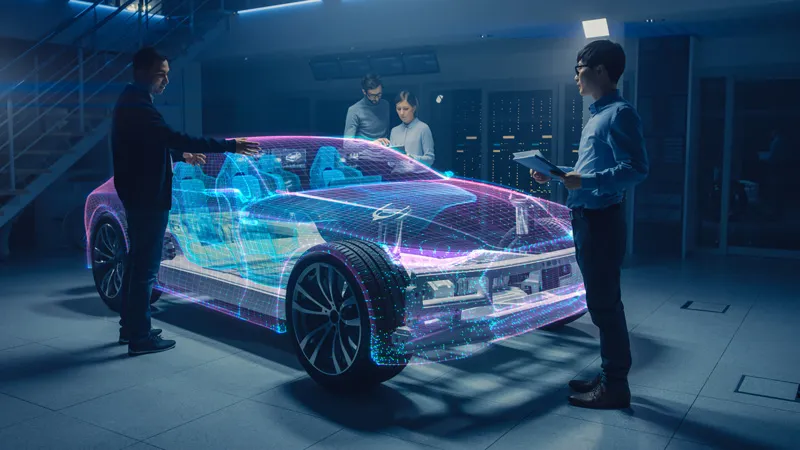It may seem that 3D is not a 21st-century invention, but even more surprisingly, it is not a 20th-century invention. Indeed, the first evidence of 3D technology was found in the 1890s, and it was in 1898 that the first patent on 3D was filed.
Without reviewing its complete history, it has written the history of the 20th century, mainly through the cinema. It took almost 110 years before the development of 3D modeling became a strategic aspect for companies that use it today to model and create products.
Introduction to 3D
Also called “3 dimensions” or “three-dimensional”, “3D” characterizes the fact of seeing objects in relief. It is distinguished by the effect of depth. Mainly used in the cinema in the 1990s, it is gradually being democratized in various sectors of activity such as industry or retail for the creation and modeling of products. 3D has a strategic aspect, allowing to the creation of objects with a more advanced and realistic visual effect. In this article, we will cover the advantages for retail companies.
How does 3D bring strategic added value to companies?
The power of processors, the development of numerous software programs, and the facility of use have a common objective in the strategic contribution of companies. That of easily creating a “3-dimensional” object with a visual effect of depth that allows for a more immersive and realistic customer experience. Of course, the benefits do not stop there.
Let’s look at a few points:
The marketing aspect: thanks to better realism, 3D creation can really help companies in their marketing projects. By playing with light and 360° effects, 3D enhances the assets of products, it also allows to have a global vision of the product and thus to visualize clearly from all angles.
A new experience: as mentioned above, the visual effect of the product thanks to 3D brings a better overview of the product, not only for customers but also for the design departments who can better “handle” the product. This new experience has allowed companies to “reduce their product returns by 30%” as Emilien Arbez, Digital Product Creation Team Manager at Salomon, explained to me.
Cost savings: a reduction in returns for a company often leads to a reduction in costs, a very strategic point, but that’s not all. In order to provide a great customer experience, companies in the past adopted real-life object shots, i.e. they designed and placed their products in their custom-made environment to allow the customer to experience them. Today 3D brings an immersive experience in which one can position a modeled object in an environment that is either 3D or real, which also allows a reduction in costs.
A new experience: as mentioned above, the visual effect of the product thanks to 3D brings a better overview of the product, not only for customers but also for the design departments who can better “handle” the product. This new experience has allowed companies to “reduce their product returns by 30%” as Emilien Arbez, Digital Product Creation Team Manager at Salomon, explained to me.
Cost savings: a reduction in returns for a company often leads to a reduction in costs, a very strategic point, but that’s not all. In order to provide a great customer experience, companies in the past adopted real-life object shots, i.e. they designed and placed their products in their custom-made environment to allow the customer to experience them. Today 3D brings an immersive experience in which one can position a modeled object in an environment that is either 3D or real, which also allows a reduction in costs.
Waste reduction: this does not seem to be the point we were expecting here. However, it is important to note that in the creation process, many product prototypes are created. Let’s take the color of a product as an example. When choosing a product, a company will create it in 10 different colors, but in the end, will only choose 3. The other 7 products will probably never be marketed and simply thrown away. A company that creates 100,000 references per year can easily end up with 1 million prototypes that will be thrown away. With 3D modeling, the decision process can now be based on the models created. This is an important aspect that encompasses an economy of scale and a reduction of carbon impact.
A new direction for J2S
This article also aims to provide a reflection framework for J2S. Indeed, our missions consist in simplifying the production processes of companies and providing a strategic lead in their development. It is obvious that 3D modeling will become increasingly important in the years to come. For this reason, we are able to integrate 3D assets in our workflows and we will continue to improve the integration of these technologies in our tools. The foundations for development are thus laid.
If you wish to learn more about J2S development, please contact us .

B. Chauvel
Sales manager











